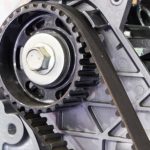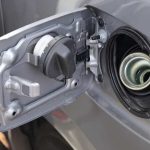Car Transmission Belt Types and Maintenance Tips
The transmission belt is a critical part of the powertrain system of a car. These belts transfer the engine’s power to the wheels and other parts of the car to ensure that it runs seamlessly and smoothly.
You can find transmission belts in several types, each with unique applications and characteristics.
This article delves into the different kinds of transmission belts in cars, their specific uses and applications, and several tips on how to care for them.
Table of Contents
Flat Belts
The flat belts in vehicles are wide and flat without any ribs or teeth on the surface. These are used in various applications in vehicles, such as the drive belt for the cooling fan of the engine as well as the timing belt for the engines with flat camshafts. These flat belts have a lower level of efficiency compared to other kinds of transmission belts, not to mention that they also need more tension to avoid slipping.
Multi-Rib Belts
Also known as ribbed belts or Poly-V belts, multi-rib belts feature multiple ribs on their surface. These extra ribs offer better efficiency in power transmission and better traction, making them highly recommended for heavy-duty applications.
These multi-rib belts come in handy for different applications in vehicles such as the alternator, air conditioning compressor, and power steering pump.
Serpentine Belts
The serpentine belts are wide and flat, with one side featuring a ribbed surface. These are used as substitutes for V-belts in modern vehicles. Serpentine belts can handle a higher amount of power compared to V-belts.
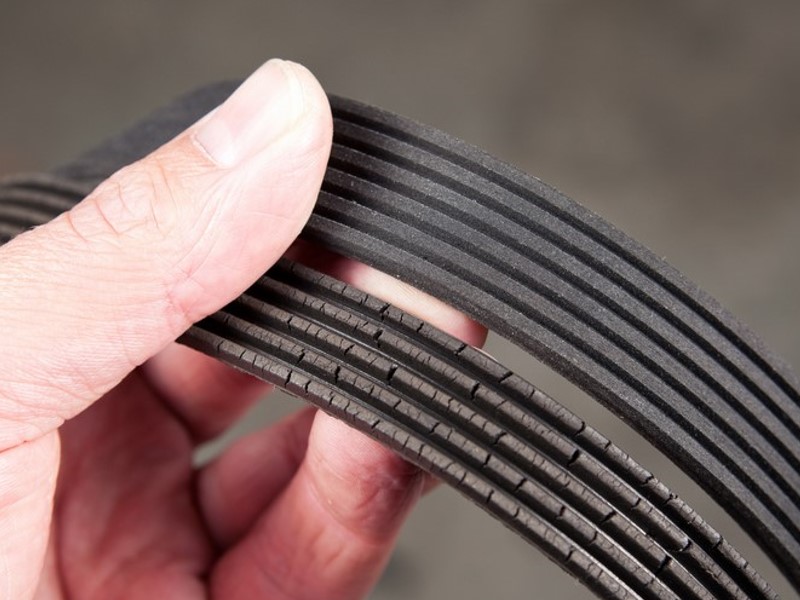
These are also more durable, which makes them perfect for heavy-duty applications. These are used to power car accessories such as the air conditioning compressor, power steering pump, alternator, and water pump.
Timing Belts
Timing belts are a type of transmission belt used to synchronize the rotation of the crankshaft and camshaft of the engine. These are made of rubber material with nylon cords used as reinforcement to make them more resistant to wear and tear and more durable at the same time.
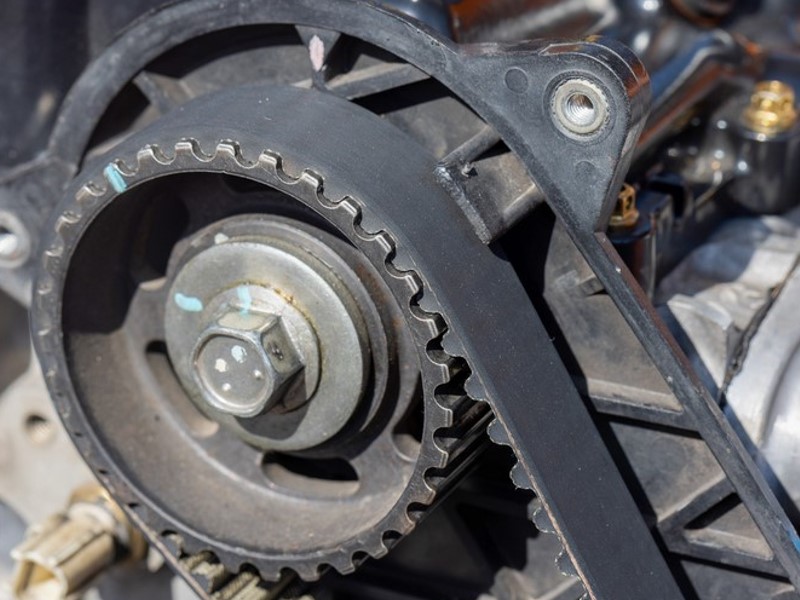
These timing belts are essential to the engine’s operation and require periodic replacement to prevent unwanted damage to the engine. These are used in various vehicle applications such as engines with several camshafts and overhead camshaft engines.
V-Belts
Also called wedge belts, V-belts are vehicles’ most common transmission belts. These belts feature a trapezoidal cross-section that makes it possible to fit them snugly into the pulleys and offer outstanding efficiency in terms of power transmission.
V-belts are rubber-made and can endure a substantial amount of power. These are used in various vehicle applications, such as air conditioning compressors, alternators, and power steering.
Car Transmission Belt Maintenance Tips
Hundreds of parts are working together to ensure that your car runs smoothly. However, most drivers need to be more knowledgeable about these parts and what they do in the first place.
Sure, everyone is required to take driver’s education, but most of them never even bother to look or check under their hoods, except when a part is damaged or broken.
While you already know that gas should go into the gas tank and air needs to go into the tires, there are still many things you should know.
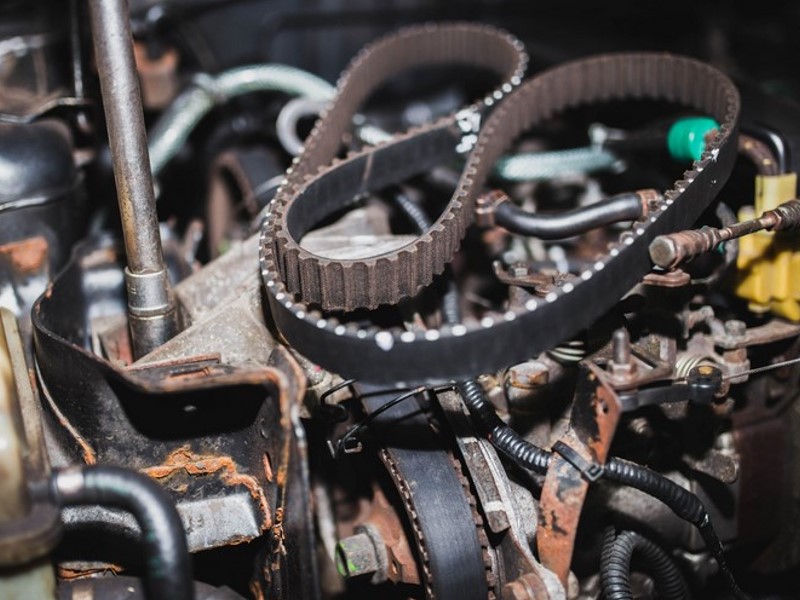
Most drivers wait until something breaks as a sign that something is wrong. However, brilliant drivers know and understand that even the smallest amount of regular maintenance is enough to increase your vehicle’s lifespan by several years.
The perfect example of parts that require your care and attention is none other than the belts that keep your vehicle running. The transmission belt and its different types are one of the most critical moving parts in the engine.
These belts drive the power steering pump, water pump, and alternator, to mention a few. If any of the parts stop functioning, you may end up dealing with expensive and severe problems in your car, including a seized-up engine or engine coolant loss. The good news is that it’s relatively easy to check these hoses and belts, provided that you have an idea of the top things you should look for.
Inspecting the Belts
Identifying issues in advance is the number one step to keeping your belts functioning. Below are some of the telltale signs that indicate that there is something wrong with your transmission belts:
- You notice a constant noise like slow slapping when the vehicle is idling.
- You hear some grinding or whirring noise when the engine runs.
- You hear a squealing sound every time you start your car engine.
- A squealing noise is produced when you turn the wheel in both directions, typically when you park your vehicle.
Checking Your Transmission Belts
Be sure to check the belt’s interior for any shininess or slickness. This is known as glazing, which can occur if the belt is excessively loose. These glazed belts don’t have a good grip, which causes the pulley to slip.
See that you also inspect your vehicle’s belts for tension or any noticeable signs of wear and tear at least once a month. It’s also important to check the undersides for tension or cracking. You should also look for piling. The rubber’s outer layer wears away and can build up on the drive pulleys if the belt has low tension. It indicates some misalignment that requires correcting.
If you’re a new driver or still taking driving lessons, you might want to consult a certified mechanic who can check your vehicle for perceived issues. Regular maintenance of the transmission belt, preferably every month, will further extend your car’s lifespan to keep you safe and prevent expensive repairs.
Being familiar with the different kinds of transmission belts in cars and their specific application is critical to maintaining the powertrain system.
